Redband Trout Resilience and Challenge in a changing landscape
Title: Redband Trout Resilience and Challenge in a changing landscape
Category: Technical Report
File: Schroeder-et-al_2007_0189_Redband-Trout-Resilence-and-challenge-in-changing-landscape.pdf
Updated Date: 27.01.2017
Author(s)/Source(s): R. Kirk Schroeder, James D. Hall
Publication Date: 2007
Focal Topic: Redband Trout, Water Temperature, Steelhead/Rainbow Trout, Adaptive Management
Location: United States
In September 1996, 85 redband trout enthusiasts gathered at the Malheur Field Station in Harney County, Oregon for a workshop sponsored by the Oregon Chapter of the American Fisheries Society. All of us gathered to talk about the biology and status of redband trout, and to share our appreciation for this diverse fish. Concern about redband trout had been building in the region because of continued drought and the apparent decline of some populations, including the disappearance of redband trout in some streams such as Skull Creek in the Catlow Valley (Howell 1997). The status of redband trout throughout its range was considered to be precarious enough that it had been classified by the U.S. Fish and Wildlife Service as a candidate for being listed as an endangered species, though lack of information about its status or other factors had precluded listing.
Thirteen papers from the 1996 workshop are included in these proceedings. Most of them have been revised and updated to include recent data or to report on changes in management. Two additional papers that were not in the workshop have been included because we felt they would complement the other papers. It is our hope that these proceedings will provide a useful resource for those working with or interested in redband trout. Although the workshop used the term “inland rainbow trout” to describe populations of Oncorhynchus mykiss in the Columbia Basin east of the Cascade Mountains and those of the Northern Great Basin (including the Upper Klamath Lake Basin), we choose to use “redband trout” for these proceedings, following Behnke (1992, 2002). One theme that runs through these papers is the tremendous diversity expressed by redband trout; from the habitats they inhabit (ranging from cold mountain rivers to high desert streams) to their diverse life histories that have allowed them to adapt to a wide range of environmental conditions.
Keyword Tags:Evolutionary Diversity, Genetic Analysis, Endangered Species Act
